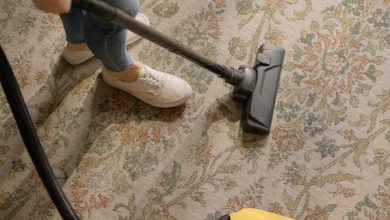
What Should You Do If You Fail In Air Tightness Testing?
Most homeowners check the air pressure in their homes to make sure they’re not wasting energy, reducing their impact on the environment, and are saving money on their utility bills. Now that air testing is part of the building regulations, all new buildings have to meet the same air tightness standards. So you need to understand the different levels of testing.
What is air tightness?
Air tightness testing is the process of measuring the amount of air that escapes through the gaps or the fabric of a building. Building air permeability has an impact on the air tightness of a building. Pressure testing equipment is used to pressurize a building. It helps determine the areas that need repair.
Types of air tightness tests
Pulse test
The pulse measuring kit consists of a portable compressor, control box, and air receiver. The compressor doesn’t need to be mounted over a door opening, it can be placed on the floor in the center of the home. Once the air receiver is pressurized to the maximum pressure, the compressor will release several short bursts of air that temporarily raise the system pressure so that the air leakage can be monitored and recorded quickly and accurately. Since the system works at a pressure of only 4Pa, there’s not much of an impact on your property. The airflow rate measurement is based on standard inhabited conditions and helps you understand the energy performance and ventilation needs of your building. It takes less than 2 minutes to pressurize the air receiver and you can see your results right away. Plus, you can export all the test data to your free reporting website, where you’ll get a comprehensive report.
Blower door test
Air testers mount blower door test equipment like big fans, on openings like doors. Then, they use this to pressure the building and run tests based on various pressures. The outside air pressure goes in through cracks and holes, and the fan usually lowers the house to about -60Pa. The anemometer is used to measure the difference between the inside and outside pressures, and the fan’s ability to create the difference. This info helps air testers figure out the amount of air leakage.
What will happen if you fail the test?
If the home or building does not meet the specified air permeability requirements, air testers may utilize smoke testing to identify the defect. Subsequently, air leakage pathways may be documented by the testers. The building may be subject to the required repairs and testing until it meets the limit value for air permeability.
When should a test be done?
You’ll need to finish your building project before you can take the air test. It covers everything from the walls to the windows, the skirting, the light switches, and the doors. It might seem like a lot, but you’ll need to know what your SAP score is for the air exam. Having a professional energy adviser can save you time and money by making sure your design is airtight. It takes a lot of preparation, planning, and understanding of the property owner’s needs to get good results on the air tightness test. Making changes while you’re so close to completing your project might seem like a big hassle, but they could really affect the results.




